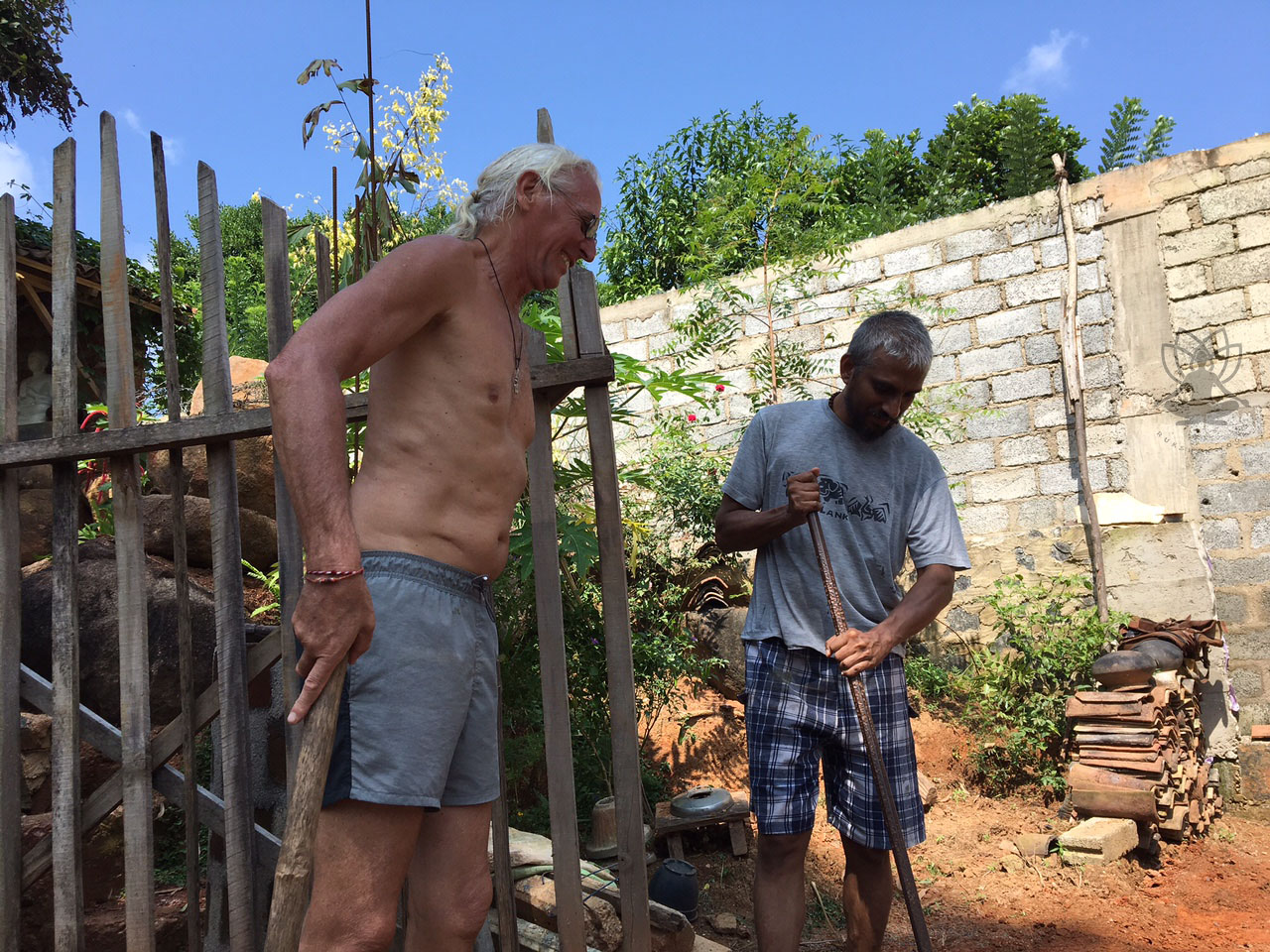yoga styles
Bhakti Yoga
Yoga is not a religion, it is a philosophy, but the cultures in which Yoga developed, like India, Tibet, China and Japan, Yoga became intrinsically tied up with religion. Now, in the west as we are becoming aware that the spiritual aspect of Yoga is in essence essential to the true practice; rituals and offerings should be an important part of that practice. Bhakti yoga includes offerings, incense, flowers and reverence to spiritual teachers. Mantra chanting is important and spiritual music and dancing may also be included in the practice.
The Bhagavad Gita, the famous Hindu Bible contain texts that explain yogic ideas and explains that yoga is a method of worship and by exercising our physical and mental capacities, we connect with God. The final goal of a Bhakti Yogi is enlightenment.


Mantra Yoga
Mantra is a Sanskrit word. Man refers to the mind and Tra refers to release. Freedom from the mind. Mantras include powerful words that can heal us physically and mentally. Sound is one form of energy.
- Religious mantras: e.g. Buddhist spirit chantings, Bhajan chantings of the Hindus, Christian prayers etc.
- Universal mantras: the most famous being the word Om. The Gayathri mantra and Shanti mantras are also examples of Universal mantras.
- Chethesika mantras (also known as Ajapa): These are mantras that are chanted mentally. E.g. Sat Naam, Om, So Haan.
Karma Yoga

Raja Yoga
Raja means King in Sanskrit. The highest practices of Yoga philosophies are the most important aspect of Raja Yoga. This includes Dharana (concentration), Dhyana (meditation) and Samadhi (enlightenment). Much of Raja Yoga practices are meditations. The Yoga Sutra by the sage, Patanjali is the first Yoga book ever written and describes a lot of contemplation and concentration practices; here are found the meditations practised in Raja Yoga. In ancient times in India, Yoga was a secret science and only persons of a high social rank like Brahmans and Kings (hence the name Raja) practised. As teachers, the Brahmans covered the practises with secrecy and withheld some important details. The wealthy kings and rulers would pay the Brahmans richly in order to be given the secret practices. The sage, Patanjali opened up the practices to the world by recording the sutras and is still greatly honoured by Yogis for having done this.
Laya Yoga

Gyana (or Jnana) Yoga
Kundalini Yoga
The sets are known as Kriyas. Each Kriya is connected with the Chakras.
Each of the Chakras are closely connected to the hormonal glands and the ganglion of the nervous system in our physical body. There is also an invisible energetic connection to our subtle bodies (i.e. the 5 koshas, our biological aura and the astral body).
Kriya Yoga
The word Kriya has several meanings. A Kriya is a cleansing treatment or practice used in Yoga practice. A second meaning refers to actions taken with awareness. In addition, Kriya Yoga is also a specific Yoga tradition. A Siddha is a particularly respectful name to Yogis who have acquired, through training great accomplishments and even seemingly magical powers. The traditional name of the practises is 18 Siddha Kriya Yoga. Lord Shiva is known as Adi Guru the teacher of all yogi richis and teachers) Eighteen Siddha Yogis were given the teachings of Lord Shiva which they took and spread around the world.
The most famous of these Yogis is Mahavatar Babaji. After reaching Sahaja Samadhi (a very advanced stage of enlightenment), Babaji’s physical body became an energy body. His age is now more than 1000 years and he still appears to his devotees with a perfect body. His system of teaching is known as Babajis Kriya Yoga.
- Kriya Hatha Yoga
- Kriya Kundalini Pranayama
- Kriya Dhyana Yoga
- Kriya Mantra Yoga
- Kriya Bakti Yoga
The Yogi, Paramahansa Yogananda, the author of the book ‘Autobiography of a Yogi’ and the yogi S.S.A. Ramia spread the Kriya yoga throughout the world. Today, the modern legends of Babajis Kriya Yoga are Archarya Marshal Govinden and Archarya Satyananda. (I was lucky enough to receive three initiations into Babaji’s Kriya Yoga from Yogi Badridas, Acharya Marshal Govindan and Acharya Satyananda).
Tantra Yoga
- Left Tantra
- Right Tantra
The terms originate from the fact that in Asia the left hand is used for cleaning the body after defecation. The right hand is never used; traditionally the right hand is used while eating. Thus, there is considered a right and a wrong form of Tantra.
Left tantric people are practising poojas (rituals) using alcohol, drugs, sex, black magic and other dark practices. Of course, not all of these practices can be classed as wrong; but the left tantric refers to when these practices become addictive and overpowering and therefore cannot be recommended.
In Right hand Tantra, the right hand is used for eating and for offerings and other positive rituals. There are powerful mantras including the Bija mantras for each chakra and special pranayama methods. Swara yoga is a branch of Tantra which includes very specific deep breathing practices. Today, many Kundalini Yogis and Hatha Yogis include aspects of the Tantric practices within their practice.



Hatha Yoga
Ha means Sun and The means Moon. Yoga means union. The Hatha Yoga system is based on the sun and moon principle and is the most well- known Yoga practice around the world. One of the main teachings is that ‘The healthy body has a healthy mind.’ This principle has become popular today as the practice of asanas. There are variations of the practice. In the classic Hatha Yoga book, Pradipika there are thirty two main yoga postures. In Babaji’s Kriya Hatha yoga eighteen postures are learnt and performed in a specific order.
Today we can identify many modern versions of Hatha yoga, e.g.: Astanga yoga, Power Yoga, Bikrim Yoga, Vinyasa Yoga, Yin Yoga, Yang Yoga etc.
Many of these systems emphasis postures but the asanas are only one limb of the Hatha yoga system
- Asanas : Yoga Postures
- Bandas : Muscular Bonds
- Pranayama : Breathing Techniques
- Mudras : Special yoga symbols connected with the reflex nervous system
- Shat Kriyas : Six types of yoga cleansing treatments


